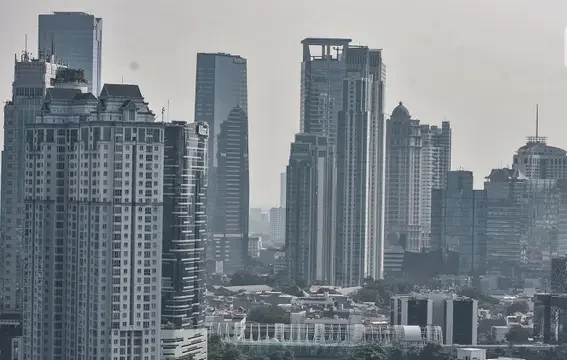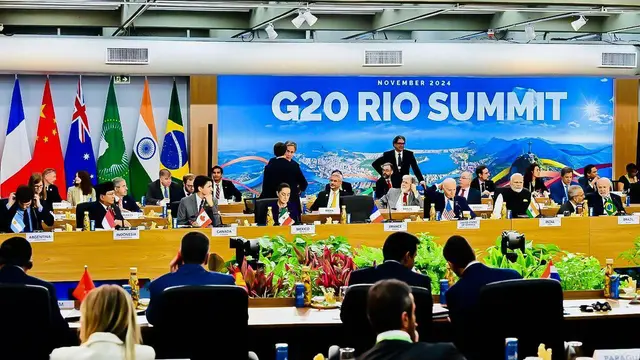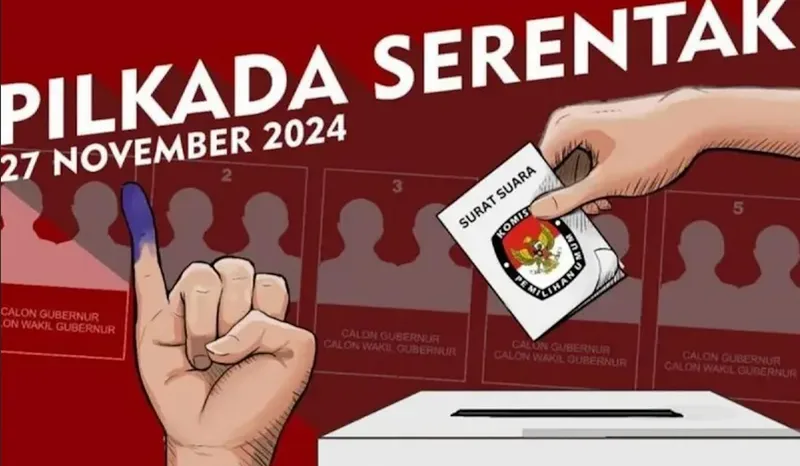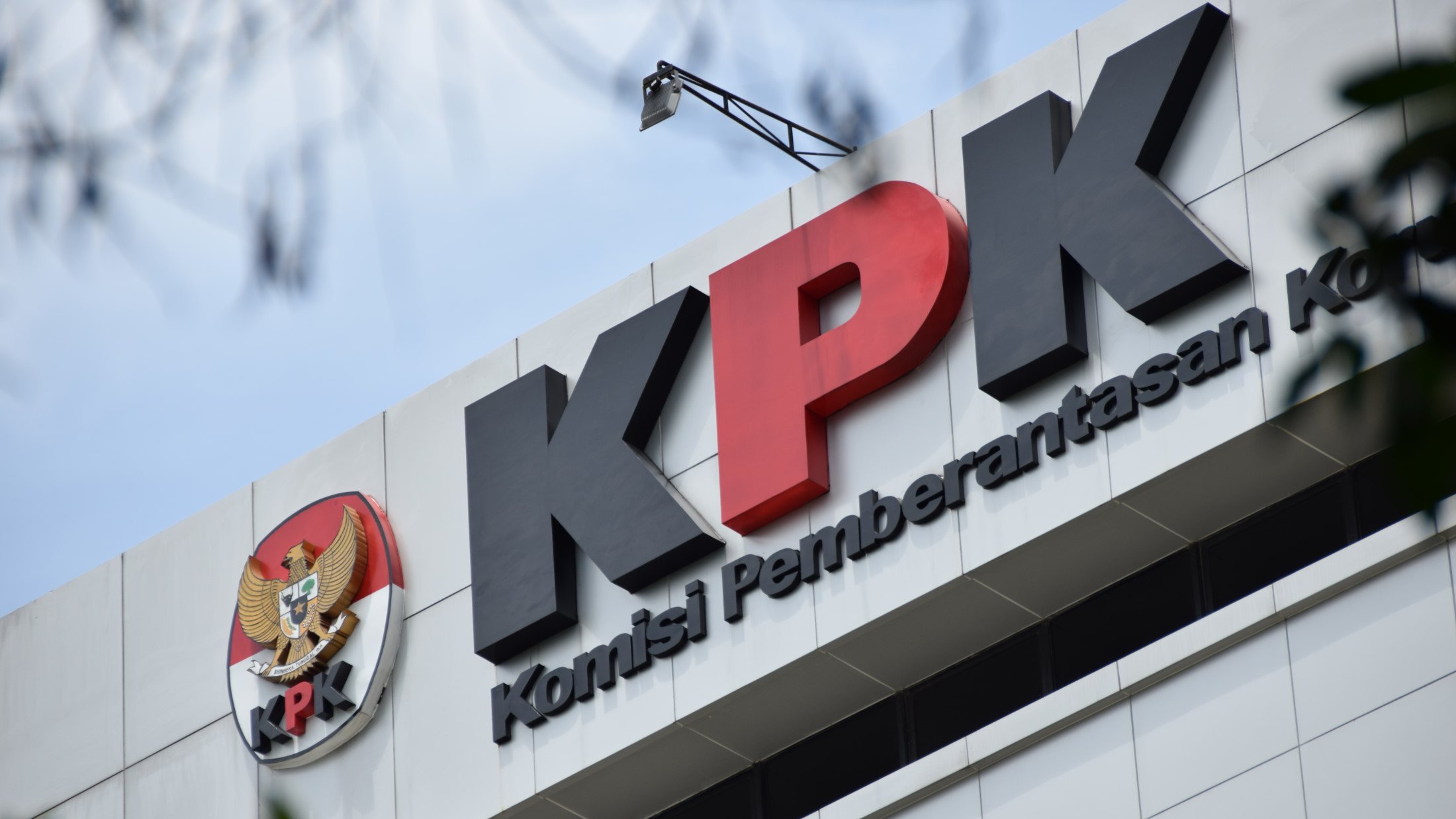In the October 2024 edition of the East Asia and Pacific Economic Update report, the World Bank predicts that Indonesia’s economy will grow by 5.0 percent in 2024 and 5.1 percent in 2025. Furthermore, the government has set an economic growth target, or Gross Domestic Product (GDP), of 8%.
Several economic growth projections indeed show that Indonesia is still better compared to the growth rate of the Asia-Pacific region. The region’s growth is generally estimated to be around 4.8 percent in 2024 and slow down to 4.4 percent in 2025.
However, the projections regarding the economic conditions in Indonesia are not entirely positive. For the medium and long term, the World Bank highlights the condition of the manufacturing industry. The domestic manufacturing sector has been under pressure lately. For three consecutive months, the Indonesian Manufacturing Purchasing Managers’ Index (PMI) has contracted, from July to September 2024.
Not only that, the contribution of the manufacturing sector to economic growth has also continued to decline. In the last 10 years, the contribution of manufacturing has decreased from 21.02 percent of total GDP (in 2014) to 18.52 percent of total GDP. (triwulan II tahun 2024).
The domestic manufacturing sector has also not escaped the storm of mass layoffs, or PHK. This is evident from data from the Ministry of Manpower (Kemnaker), which recorded that throughout the first semester of 2024, there were 32,064 workers laid off, an increase of 21.45% compared to the same period last year, continuing the trend of layoffs that have been happening since last year.
In fact, this wave of layoffs is suspected to also hit the petrochemical industry, which is gradually expanding. The potential trigger for the wave of layoffs in the petrochemical sector, as mentioned by the Indonesian Olefin, Aromatic, and Plastic Association (Inaplas), is the utilization rate of upstream petrochemical plants, which has been eroded to around 50%.
Investment Plan

On the other hand, investment plans in the petrochemical sector, which were expected to create new jobs, are at risk of stagnation. Inaplas recorded investment commitments worth Rp437 trillion that are stagnant, amid the chaos in the domestic market.
In addition to the penetration of imported goods, the upstream petrochemical industry is still hesitant to realize investments due to policy uncertainties. There are policies expected to support performance, including gas price incentives and the certainty of fiscal incentives in the form of tax holidays, which have not yet been officially approved.
Secretary General of Inaplas, Fajar Budiyono, said that the decline and uncertainty in the petrochemical sector are exacerbated by the downturn in the textile industry, which absorbs upstream products. The utilization of the textile industry is currently below 50%, with many even closing their factories.
“This is proven, confirmed by the VAT receipts on textiles in 2023 and 2024, which have experienced a slight decline in their rupiah value,” he said, quoted on Friday (22/11/2024).
On the same occasion, Junior Expert in Oil and Gas Downstream Sector at BKPM, Ikhsan Adhi Prabowo, acknowledged that the important role of the petrochemical industry is worth saving. He hopes that all existing policies can stimulate the presence of new petrochemical investments.
“Petrochemicals are one of the mother industries because their products become raw materials for other industries. The potential is still wide open and must be utilized,” he stated.
Industrial Strategy

On that occasion, the Director of Upstream Chemical Industry at the Ministry of Industry, Wiwik Pudjiastuti, stated that the government continues to strive for strategies to make the petrochemical industry situation more conducive. To monitor imported products, for example, the government is refining the commodity balance instrument.
“If we use the commodity balance, we can always see it by supply and demand data. If the supply is low and the demand is even lower, it means there is still potential for imports,” said Wiwik.
This system is necessary because petrochemical products and their derivatives are still dominated by imported products. Meanwhile, the domestic petrochemical industry is struggling to strengthen its production supply chain.
According to the Ministry of Industry, national petrochemical products, including olefins, have a production capacity of 9.72 million tons, while aromatic products have a capacity of 4.61 million tons, and C1 methanol and its derivatives have a capacity of 980,000 tons. “For strengthening the industrial structure, one of the necessary measures is to integrate upstream and downstream industries,” he said.
Moreover, Wiwik sees plans for a chemical industry project with an investment reaching US$34 billion by 2030. In the near term, investments from PT Lotte Chemical Indonesia or Lotte and Petrokimia Gresik are expected to be operational by 2025.
“The hope is that with Lotte starting operations in 2025, part of the petrochemical needs, especially polypropylene [PP], which currently has a supply far below the demand, can meet the local demand that is still being fulfilled by imported products,” she said.
Furthermore, Wiwik explained that the government has been making efforts to propose the exemption of import duties on petrochemical raw materials, particularly LPG, which is currently subject to a 5% fee.
On the other hand, they are also creating a roadmap for the basic chemical industry by deepening and organizing an industrial tree based on petroleum, gas, and coal. Not only that, to facilitate the chemical industry, the government has provided fiscal incentives in the form of tax holidays, tax allowances, and mini tax holidays, as well as an extension of the VAT credit period.







Leave a Reply